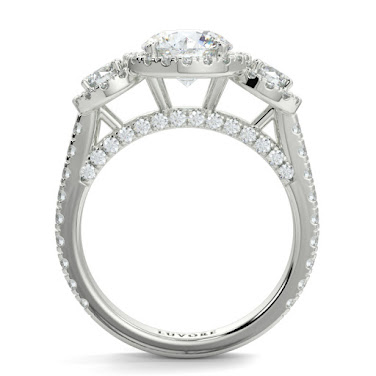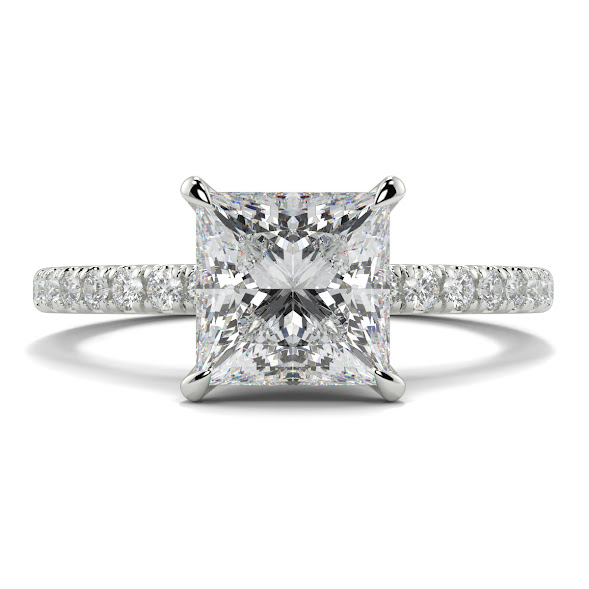How are Diamonds Mounted in Rings: Learn from Jewellery Pros in London?
Diamonds can be put in rings in a variety of ways. Each setting draws our attention to the diamond in a different way. We've looked at some of the most popular diamond ring mount so you'll be prepared the next time you go shopping for jewellery.
Setting the Prongs:
The prong diamond ring semi mounts are both a traditional and a popular choice. The diamond is kept in place in a prong setting by small metal claws, and the shape of the prong might vary for artistic purposes.
On a diamond ring mounts ring in London, 4 or 6 prongs are typical; 4 allows you to view the diamond better and allows more light to pass through it, increasing its brilliance, whereas 6 is more secure.
Setting Of Three Stones:The stones in a three-stone diamond ring mounting are placed close together. The diamonds in some rings are all the same colour, but two distinct coloured stones may be utilised in others. The sizes of the stones vary depending on the design; some rings have all of the same size stones, while others have a larger centre stone.
Setting the Pavé:
Because the band is truly paved with diamonds, the pave diamond ring mountings get their name from the French phrase 'to pave.' This band has minimal metalwork on display, and the diamonds are so precisely arranged that the ring glows all the time.
Cluster Setting:
A cluster diamond ring mounting styles is one in which the stones are crowded together to give the appearance of a larger stone. Smaller stones of equivalent size collected together or a larger centre stone can be used in this sort of arrangement.
Antique:
Antique rings have designs that correspond to a specific time period, such as the Edwardian or Victorian periods. The design of these rings is usually highly elaborate, with filigree and migraine accents.
Setting a Split Shank:
The shank diamond ring mounts UK is the ring's band that wraps around the finger. A ring with a split shank has a band that splits in two. Some split shank designs incorporate the shank ends into prongs that hold the diamond, while others appear to have the diamond perched atop the split shank.




Comments
Post a Comment